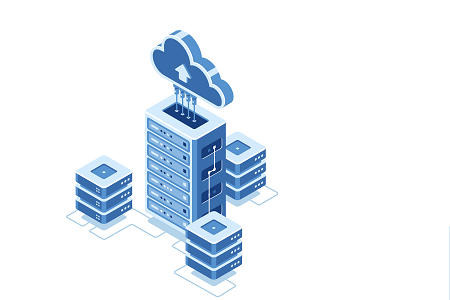Salient IT Services › Data backup solutions Woodland
A quick guide to data backup solutions in Woodland
Having a robust data backup solution in place is an essential part of modern business. The good news is that, if you approach it in the right way, you can get all the protection you need at a cost you can afford. What’s more, you’ll have a solid foundation for your disaster recovery strategy. With that in mind, here is a quick guide to data backup solutions in Woodland.
The better you know your data, the better you can manage it
This is true of any environment but takes on a whole new level of importance if you’re working in the cloud. In a data center, for practical purposes, you can usually only organize different storage for data backups (copies of production data) and data archives (copies of dormant data which is being kept for a specific reason). In fact, sometimes, it’s counterproductive even to do that since the savings made by choosing slower storage media for archival data can be canceled out by the lost opportunity to buy faster storage media in bulk.

In the cloud, however, it is absolutely vital to split out production data from dormant data. It can be very helpful (and cost-effective) to fine-tune this even further. If you can group your data into categories, then you can define recovery time objectives and recovery point objectives for each category of data according to how important it is to your everyday operations. You can then prioritize the backup and recovery of the most critical data, potentially even if it means making compromises with your less critical data, to keep costs within budget.
Any data backup solution must keep the law in mind at all times
In this context, the key point to note is that most data has a lifecycle and sometimes that lifecycle has legal implications. Sensitive data can only be kept for as long as it’s needed. If it’s being actively used, then presumably it’s needed. If, however, it becomes dormant, then it needs to be either deleted or archived and then deleted after the relevant compliance deadline has ended.
Sensitive data can usually be stored in the public cloud (either as a backup or in an archive), provided that it is encrypted on a company’s own servers first and stays encrypted until it is either moved to a safe environment (i.e. another private cloud) or deleted. This essentially means that any business can potentially use the public cloud as a cost-effective data backup solution, but only some will be able to use it as a complete disaster recovery solution.
Similarly, some general (i.e. non-personal) data may need to be archived after it becomes dormant, but there is unlikely to be a legal requirement to delete it afterward. This is, however, recommended, especially in the cloud, as it keeps costs down and archives manageable. From a legal perspective, it’s usually entirely up to you if you keep this data encrypted when it is in a public cloud.
For completeness, in the eyes of the law and the regulators, the data owner is responsible for how their data is managed, not the IT services vendors they use. You, therefore, need to choose your data backup solutions vendor carefully to ensure that they will fulfill your legal obligations on your behalf (or that you have a reasonable likelihood of obtaining redress from them if they do not).
Remember to factor the cost of bandwidth into your calculations
Although storage is likely to be the main factor in determining how much it costs to backup your data, it is far from the only one. Bandwidth is also likely to be a significant issue. The good news is, that you can manage your use of bandwidth by being astute in your approach to backing up your data.
In the real world, taking full data backups all the time is far too resource-intensive for most companies. You, therefore, need to intersperse them with incremental data backups and/or differential data backups.
Incremental data backups only back up data which has changed since the last backup. This minimizes the resources they need but it also means that it can be complicated to restore from them and, of course, this can slow down your recovery process.
Differential backups by contrast only backup data which has changed since the last full backup. They are less resource-intensive than full data backups but more resource-intensive than incremental data backups, but they make for easy (and therefore usually quicker) restores.
In short, therefore, incremental backups generally win out on performance speed and cost, but differential backups usually win out on time to recovery, especially after a disaster.
If you’d like to speak to a reputable and experienced data backup solutions provider in Woodland, please click here now to contact Salient IT.


 (3 votes, average: 3.67 out of 5)
(3 votes, average: 3.67 out of 5)
